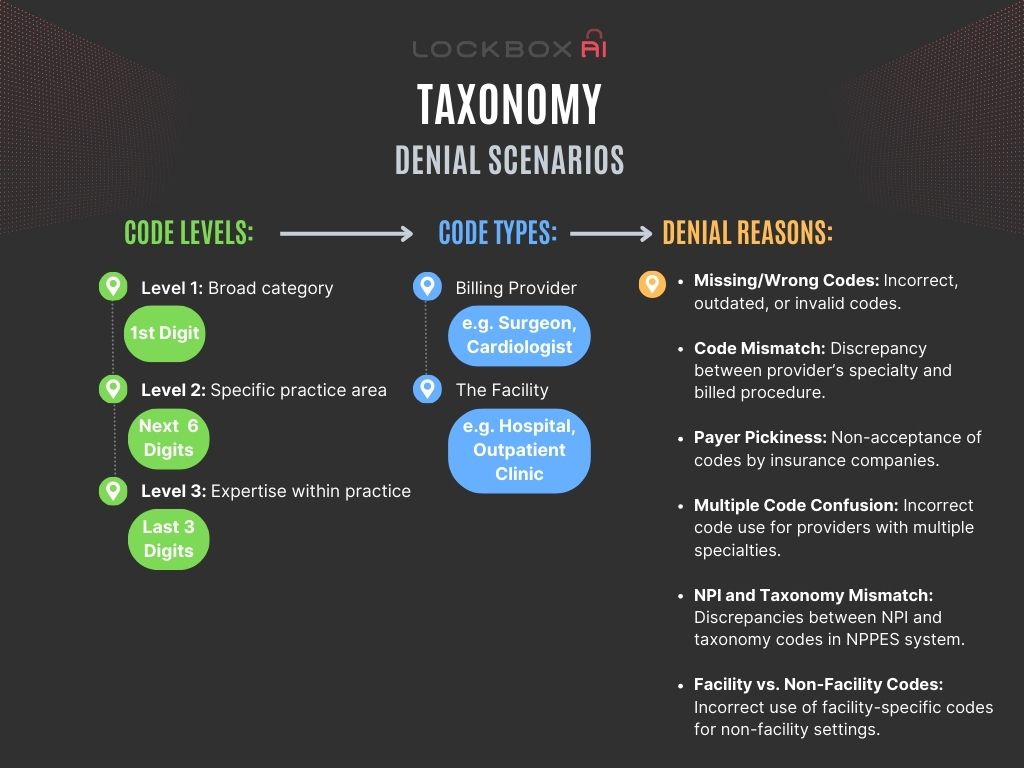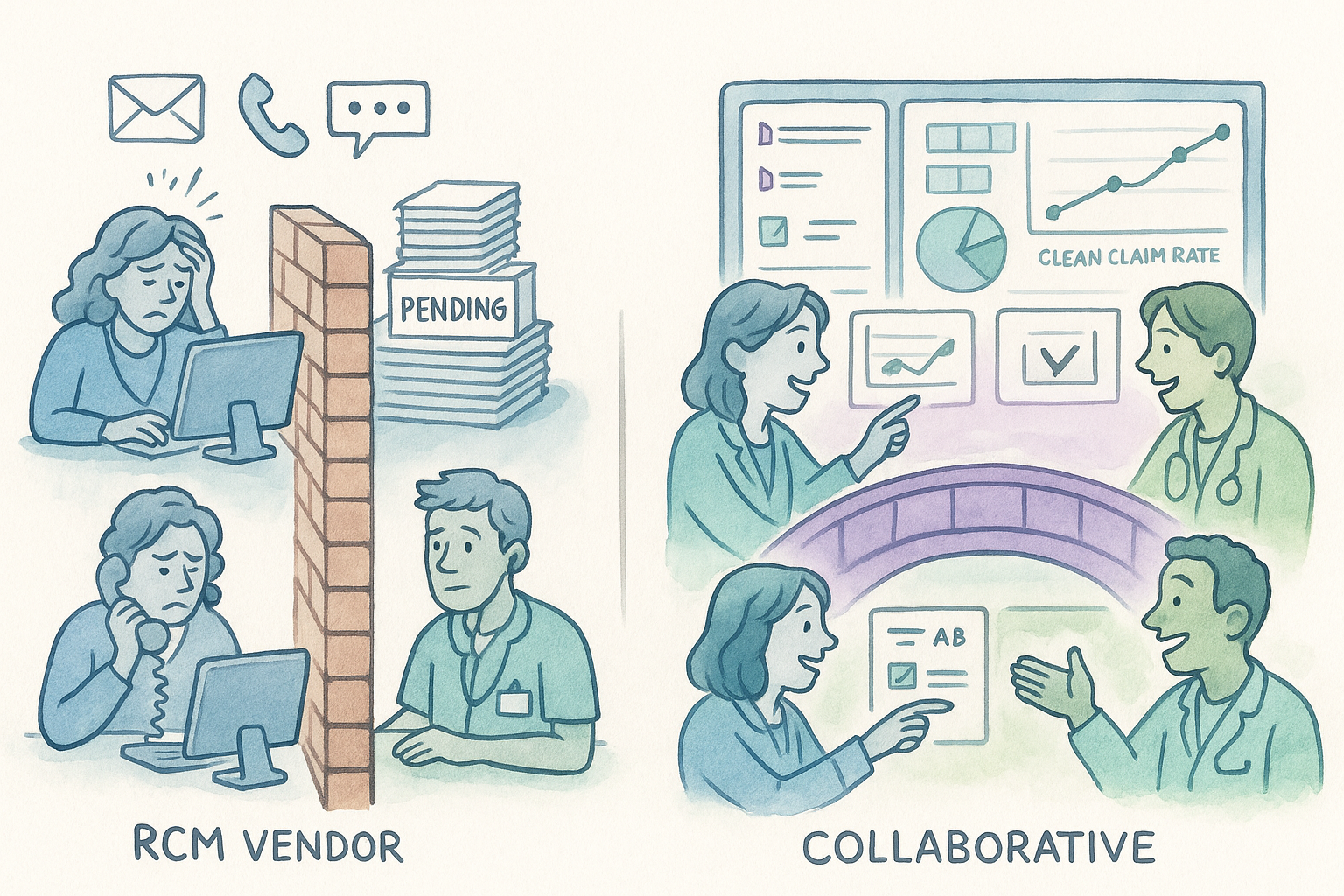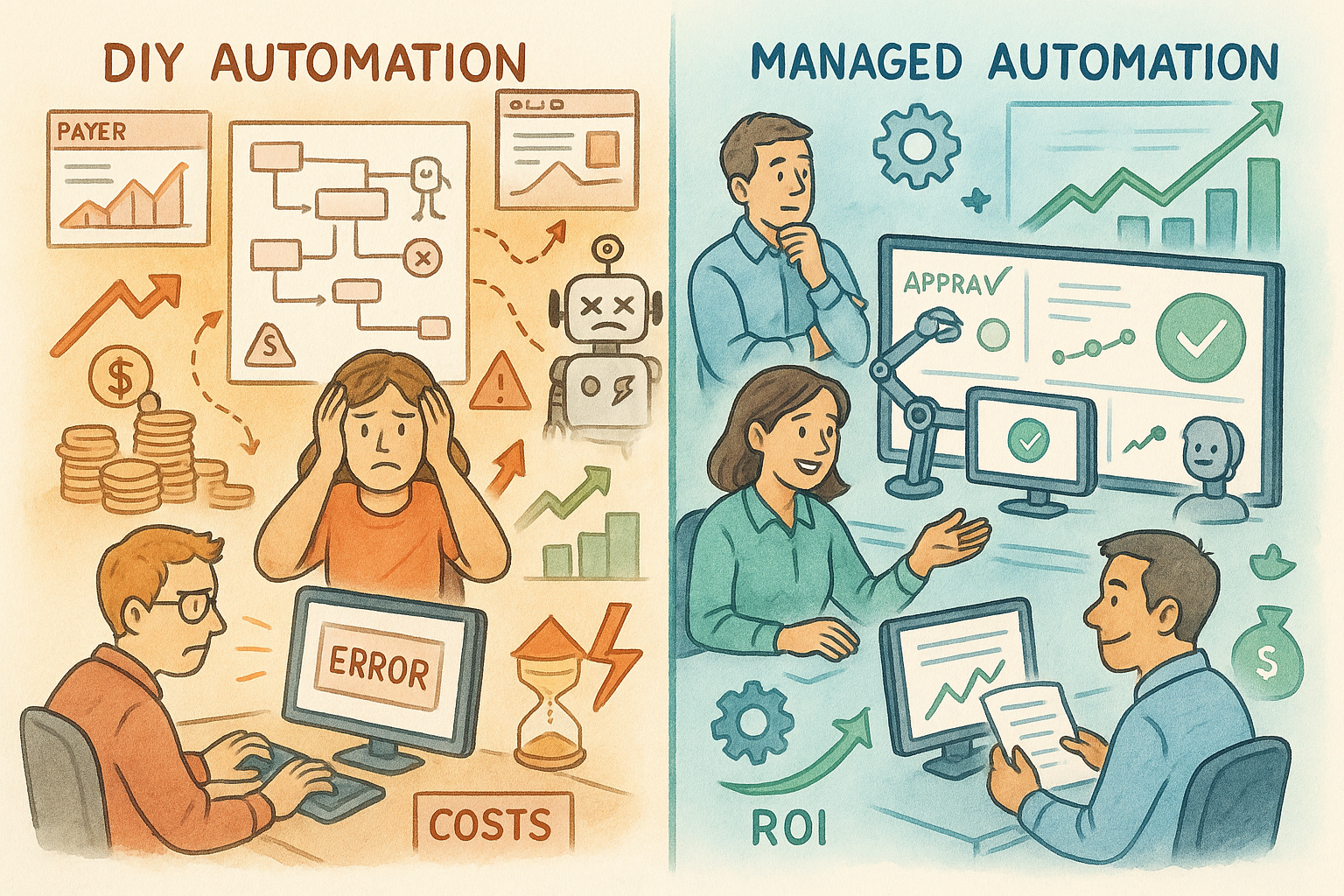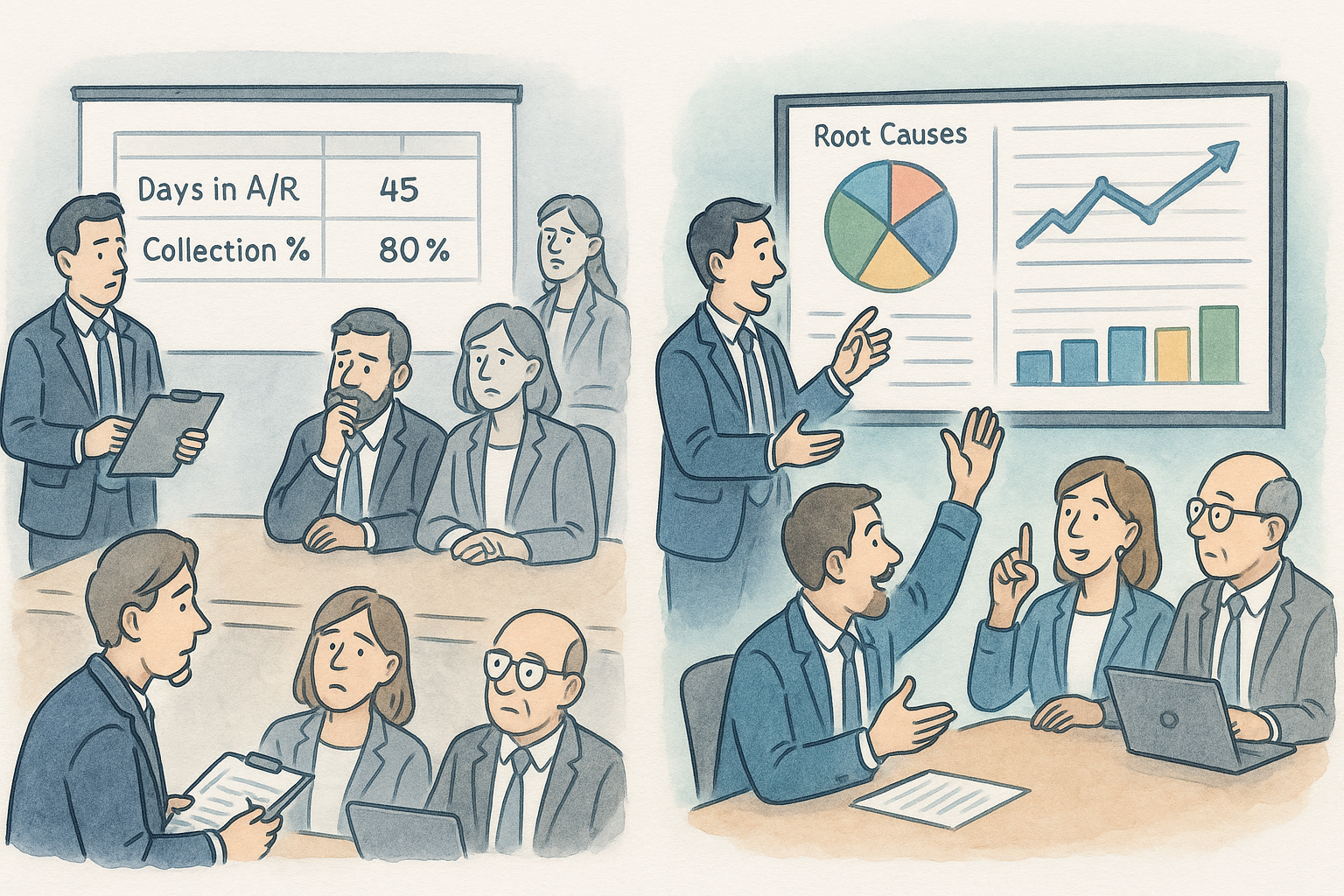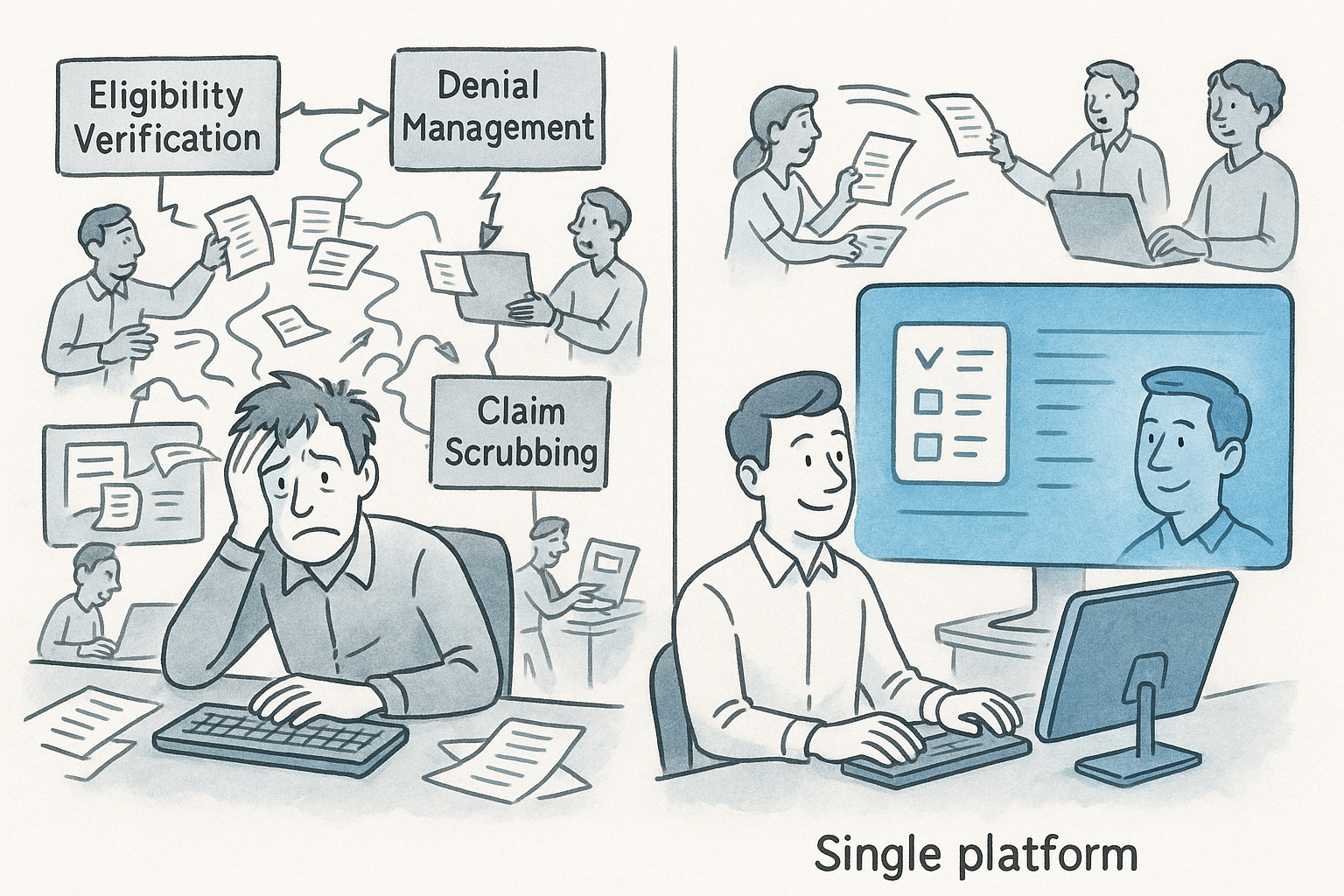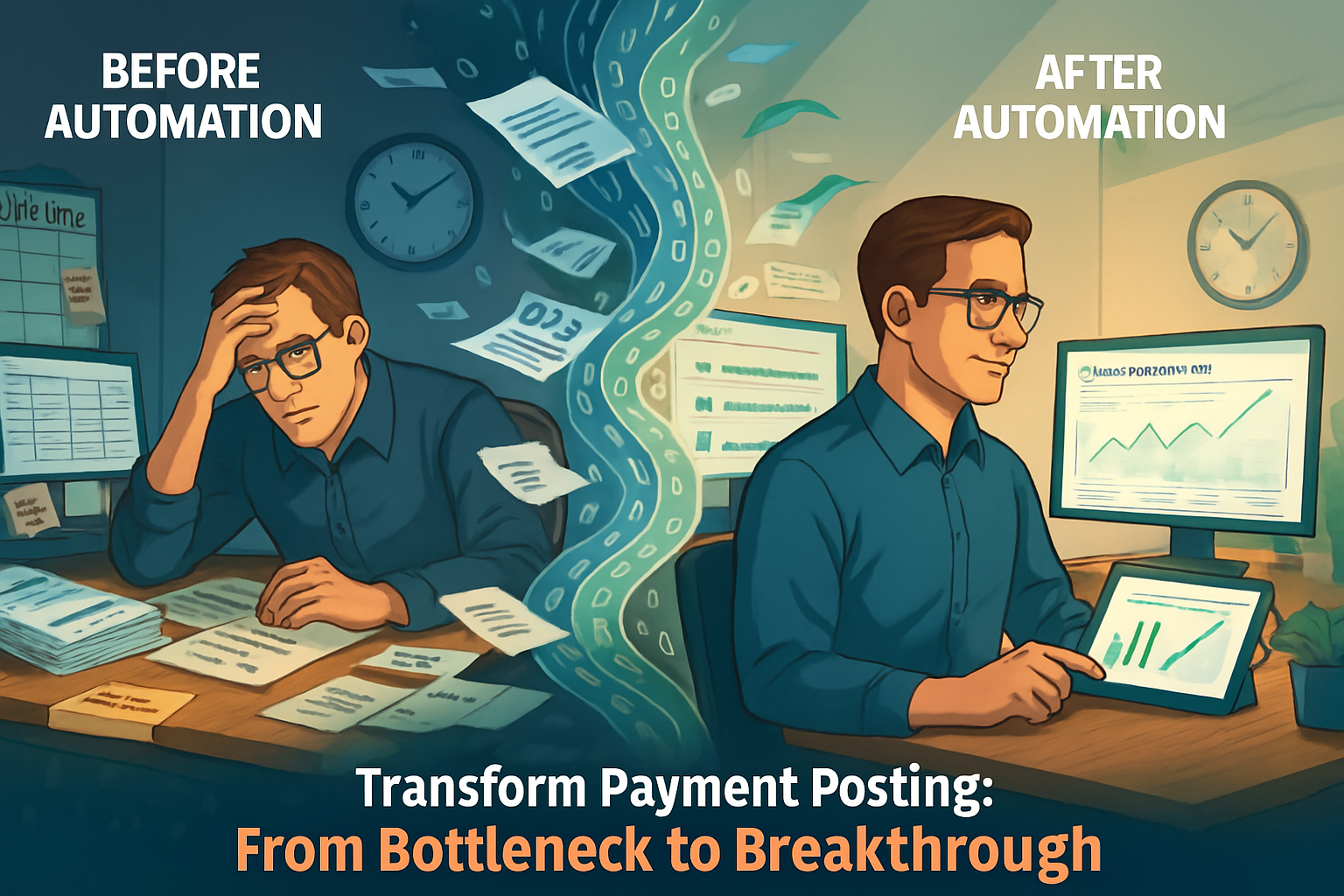Taxonomy Denials: The 10-Digit Code Causing Confusion
Ever feel like you’re drowning in a sea of claim denials? As a claims denial manager, I see it all the time, and a surprisingly frequent offender is something that seems simple: taxonomy codes. You might be thinking, “Taxonomy codes? Isn’t that just a fancy way of saying what kind of doctor someone is?” Well, it’s part of that, but there’s more to the story.
Understanding Taxonomy Codes
Taxonomy codes are used in the healthcare industry to identify a provider’s specialty or field of practice. Each code is a unique 10-digit number that specifies the provider’s qualifications and services. This system helps insurance companies, healthcare facilities, and other stakeholders understand the exact nature of a provider’s expertise.
For instance, a taxonomy code for a cardiologist differs from that of a general practitioner. These distinctions are critical for ensuring that claims are processed correctly and that patients receive the appropriate care from qualified professionals.
These codes are like ID badges for healthcare providers, but with a twist. They’re not just about specialty (like cardiologist or pediatrician). Taxonomy codes are actually structured into three levels that tell the insurance company exactly who you are and where the service was delivered.
Code Levels
- Level 1 (1st digit): This is the broad category, like physician, nurse, or therapist.
- Level 2 (next 6 digits): This gets more specific, pinpointing your general practice area (e.g., family medicine, cardiology, physical therapy).
- Level 3 (last 3 digits): This dives even deeper, specifying your area of expertise within that practice (e.g., pediatric cardiology, orthopedic surgery).
Here’s the problem: if these codes aren’t accurate and up-to-date, it throws a wrench into the entire claims processing system. This can lead to a mountain of denials on my desk and lost revenue for your practice.
Now, it gets a little more complex. There’s a difference between a billing provider taxonomy code and a facility taxonomy code. Think of it like this:
- Billing Provider: This code identifies the healthcare professional who provided the service (e.g., the surgeon, the cardiologist). This code should reflect the provider’s specialty and qualifications.
- Facility: This code identifies the location where the service was delivered (e.g., the hospital, the outpatient clinic). This code specifies the type of facility and the level of care it can provide.
Why does this matter? Because some procedures require specific facility settings. Imagine a claim for a complex surgery submitted with a billing code for a cardiologist, but the facility code is for a simple outpatient clinic. The insurance company might deny the claim because the surgery can’t be safely performed in that setting. It’s all about ensuring the right service is billed for the right provider in the right location.
Making Sure To Avoid These Mistakes in Taxonomy Codes
So, let’s get down to the nitty-gritty: the six most common reasons claims get denied because of taxonomy codes issue:
- Missing or Wrong Taxonomy Codes : This is denial ground zero. The code might be missing entirely, incorrect, outdated, or simply not a valid code at all.
- Code Mismatch in Taxonomy Codes : Imagine a pediatrician billing for brain surgery! The insurance company needs to see a code that matches the provider’s specialty and the procedure performed. A mismatch is a big red flag.
- Payer Pickiness: Every insurance company has its own list of accepted codes. Make sure your provider’s code and the facility code (if applicable) are on their good side!
- Multiple Taxonomy Codes Confusion: Providers with multiple specialties might have multiple codes. Using the wrong code for a specific service can lead to denials.
- NPI Nightmare: There’s a connection between taxonomy codes and National Provider Identifiers (NPIs) in the NPPES system. If these two IDs don’t match up, it can trigger denials. Updating your taxonomy codes in the NPPES system is crucial to ensure they reflect any changes in a provider’s practice.
- Facility vs. Non-Facility Fumble: Believe it or not, some codes are specific to where the service is performed. For example, some codes are meant for hospital or surgical settings (facility code), while others are for office procedures (billing provider code). Using the wrong code for the setting can lead to denials.
Closing Reminders
By understanding the importance of taxonomy codes, the difference between billing provider and facility codes, and taking steps to ensure their accuracy, you can significantly reduce claim denials and keep that revenue flowing. Remember, these codes might seem like a small detail, but they play a big role in getting paid for the services you provide. Regularly review taxonomy codes, keep them updated and ensure they align with the NPPES system.
Conclusion
Taxonomy denials, driven by issues with 10-digit codes, are a significant concern in the healthcare industry. By understanding the causes of these denials and implementing strategies to address them, healthcare providers can minimize disruptions and ensure smoother processing of claims. Accurate taxonomy coding is not just a regulatory requirement but a crucial component of efficient and effective healthcare administration.
